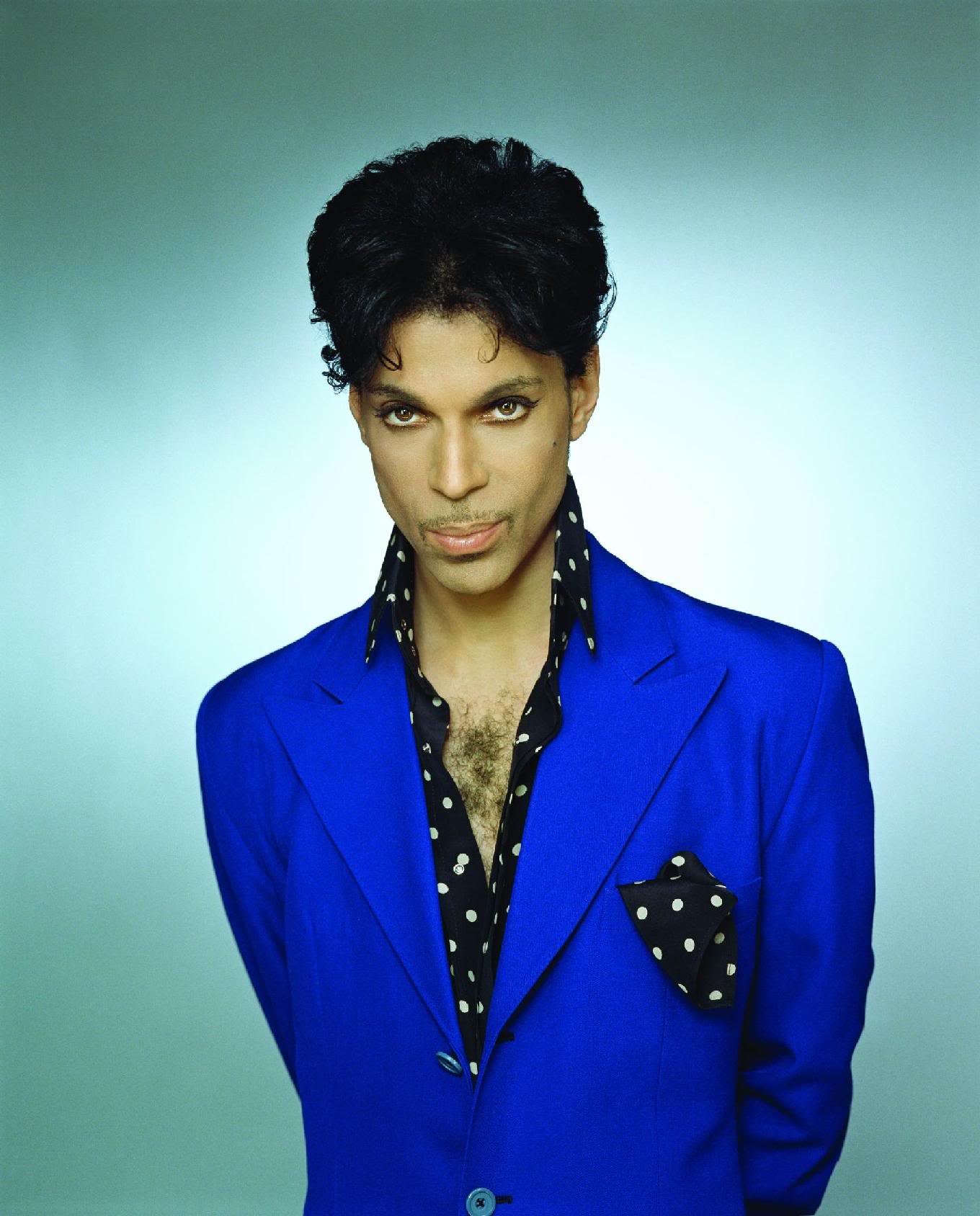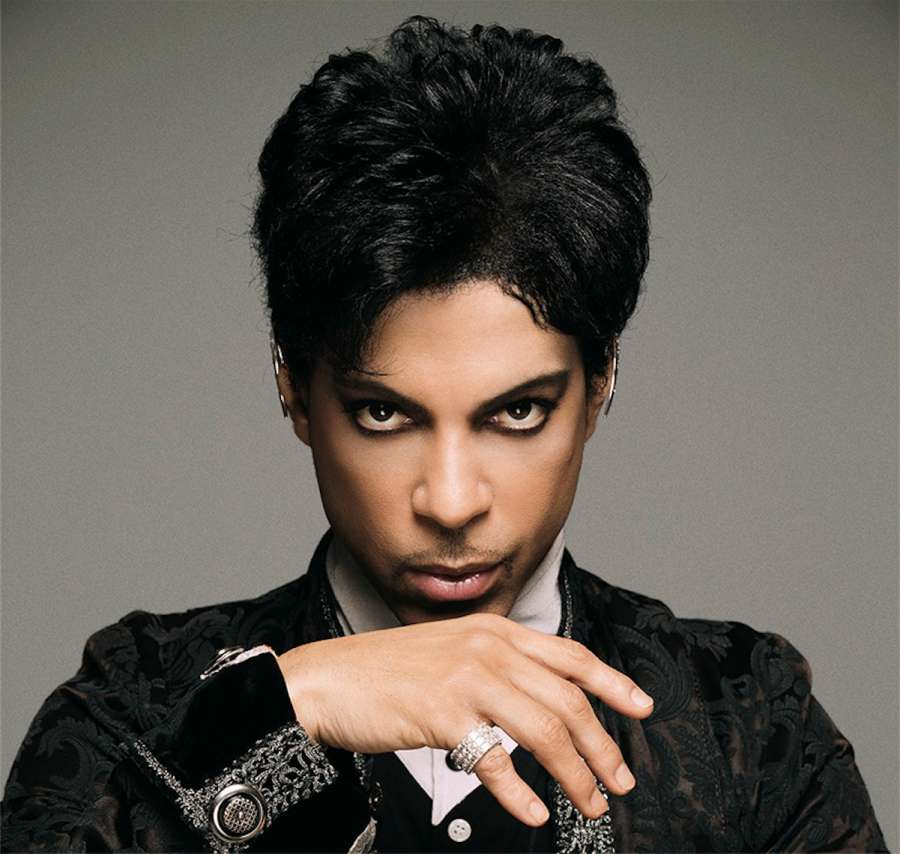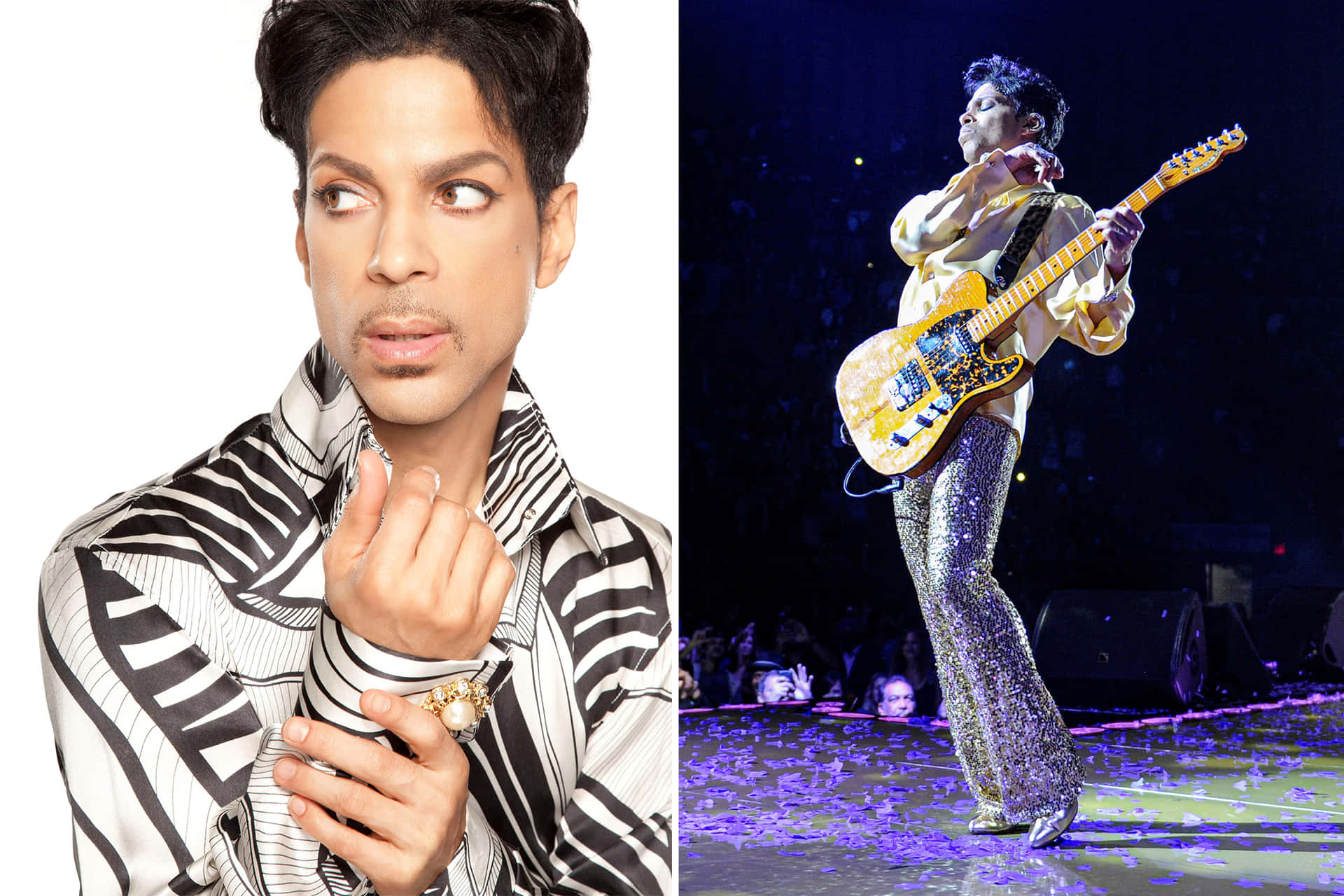Have you ever stopped to ponder the full name of a public figure, especially someone from a well-known family? It is, you know, a common thing for many people to wonder about the formal titles and names that come with a life lived in the public eye. When it comes to members of the royal family, there is often a bit of mystery around their complete set of given names, which can be quite different from what we typically hear in everyday news reports.
For instance, someone like Prince William, who is, like your, often just called by his first name, has a much longer set of names than most people might guess. These names carry a certain weight, a kind of echo of history and family tradition. They are not just picked out of a hat; rather, they tend to be chosen with a lot of thought about the past and what they represent for the future of the family line.
So, while many people might just think of him as "Prince William," the full story of his name is a little more involved. It is a story that touches on long-standing customs, personal choices made by his parents, and the way names function within a family that holds a unique position in society. It really is quite interesting, in a way, to see how these elements come together to form a person's full identity.
- Kim Zolciak Biermann Net Worth
- How Much Is An Alison Certificate
- Jenny 69 Onlyfans
- Who Were Sam Elliotts Wives
- Who Did Hannah From Below Deck Marry
Table of Contents
- A Glimpse into Prince William's Life
- What is Prince William's Second Name, Really?
- Does Prince William Use a Second Name in Public?
- What is Prince William's Second Name - Is It Windsor?
- The Royal Naming Tradition and what it means for Prince William's second name
- How Do Royal Children Get Their Names, Including what is Prince William's second name?
- What is Prince William's Second Name and Its Historical Echoes?
- Beyond the Name - Prince William's Public Role
A Glimpse into Prince William's Life
Prince William, who many people know as the eldest child of King Charles III and the late Diana, Princess of Wales, entered the world on June 21, 1982. His birth was a big event, naturally, bringing much joy and attention to the royal household. He was born at St Mary's Hospital in London, a place that has since seen the arrival of his own children as well. From his earliest days, his path was set, being second in line to the throne at the time of his birth, a position that shifted to first in line after his grandmother, Queen Elizabeth II, passed away.
Growing up, William's childhood was, in some respects, a mix of public duty and private family moments. He went to regular schools, which was a bit of a change for royal children at the time, allowing him to experience a more typical upbringing alongside his younger brother, Prince Harry. This approach, very much shaped by his mother's wishes, aimed to give them a sense of normalcy, even with the extraordinary circumstances of their lineage. He pursued his education, eventually attending the University of St Andrews in Scotland, where he met his future wife, Catherine Middleton.
After finishing his studies, he served in the military, first with the Royal Air Force, working as a search and rescue pilot. This period of service allowed him to gain valuable life experience and contribute to the country in a hands-on way, which, you know, many found admirable. His life has, of course, been one of increasing public service, taking on more responsibilities as a senior member of the royal family. He has a significant role in supporting his father, the King, and representing the monarchy both at home and abroad, a path that is, frankly, quite demanding.
- Orlando Magic Vs San Antonio Spurs Match Player Stats
- Seth Rollins Ethnicity
- Love Is Blind Jessica Height
- Fat People With Short Hair
- What Happened To Lex Lugar
Personal Details and Bio Data of Prince William
| Full Name | William Arthur Philip Louis |
| Born | June 21, 1982 |
| Place of Birth | St Mary's Hospital, London, England |
| Parents | King Charles III and Diana, Princess of Wales |
| Spouse | Catherine, Princess of Wales (née Catherine Elizabeth Middleton) |
| Children | Prince George, Princess Charlotte, Prince Louis |
| Titles | Prince of Wales, Duke of Cornwall, Duke of Rothesay, Earl of Chester, Earl of Carrick, Baron of Renfrew, Lord of the Isles, Prince and Great Steward of Scotland |
What is Prince William's Second Name, Really?
Many people often ask, "What is Prince William's second name?" and the simple answer is that he actually has several middle names, not just one "second" name in the way many people think about it. His full given name, the one he received at his baptism, is William Arthur Philip Louis. So, you see, he has three middle names following his first name, William. This is, you know, a fairly common practice within the royal family, where multiple names are often given to new arrivals.
Each of these middle names holds a special meaning, often chosen to honor family members or important figures from the past. Arthur, for example, is a name with a long history in British folklore and royal tradition, associated with the legendary King Arthur. Philip, naturally, pays tribute to his paternal grandfather, Prince Philip, Duke of Edinburgh, who was a very significant person in the royal family for many decades. Louis, too, has connections to the family, with Prince Philip's uncle being Louis Mountbatten, a figure of some historical note.
The selection of these names is, arguably, a thoughtful process, blending personal sentiment with a respect for history and lineage. It is not just about picking names that sound nice; rather, it is about weaving a person's identity into the larger tapestry of their family's story. This approach to naming means that while "William" is what we typically hear, his full name tells a richer story about his heritage and the people who came before him. It's almost like a small history lesson in itself, just a little bit of insight into the family's past.
Does Prince William Use a Second Name in Public?
When we talk about what is Prince William's second name, or rather, his middle names, it is interesting to think about how they are actually used in public life. For most everyday purposes, and certainly for public engagements, Prince William is simply known as "Prince William." He does not typically use his middle names in his public signature or when he is introduced at events. This is, in some respects, a practical matter, as using a full string of names would be quite cumbersome for daily interactions.
Members of the royal family, you know, often go by their first name and their title. So, for William, it is "Prince William" or "The Prince of Wales." The full list of names, William Arthur Philip Louis, is mostly reserved for official documents, such as his birth certificate, marriage certificate, or perhaps very formal legal papers. It is similar to how many people have middle names but do not use them in their day-to-day lives; it is just a bit more pronounced with royals due to their public standing.
The use of titles also plays a big part in how royals are addressed. When William was a student, for instance, he used the surname "Wales" for his academic and military pursuits, as his father was the Prince of Wales at the time. This is a practical way for royals to have a surname when one is needed, even though their primary identity is tied to their given names and royal titles. So, while we consider what is Prince William's second name, its public use is actually quite limited, focusing more on his first name and his position.
What is Prince William's Second Name - Is It Windsor?
A common question that pops up when people consider what is Prince William's second name is whether it is "Windsor." This is a bit of a tricky point because "Windsor" is indeed a very important name for the royal family, but it is not one of Prince William's given middle names. The name "Windsor" is actually the dynastic surname of the British royal family. It was adopted by King George V in 1917, during a time when there was a desire to change the family name from the German "Saxe-Coburg and Gotha" due to wartime sentiments.
To make things a little more involved, in 1960, Queen Elizabeth II and Prince Philip decided that their descendants, who do not have royal titles, would use the surname "Mountbatten-Windsor." This means that while the royal house itself remains "Windsor," individuals who are not princes or princesses, or who are not in direct line for the throne, might use "Mountbatten-Windsor" as their surname. This is, you know, a way to incorporate Prince Philip's family name, Mountbatten, into the royal lineage.
So, when we ask what is Prince William's second name, "Windsor" or "Mountbatten-Windsor" is not part of his personal given names like Arthur, Philip, or Louis. Instead, it serves as the family surname, which he would use if he needed one in a non-royal context, such as registering for school or joining the military, as he did when he was known as William Wales. It is a family name that signifies belonging to the royal house, rather than a middle name he would use in his full personal designation. It is, basically, a different kind of name altogether.
The Royal Naming Tradition and what it means for Prince William's second name
The process of naming a royal baby is, actually, steeped in tradition, and it gives us a lot of insight into what is Prince William's second name and why it was chosen. Unlike many families today who might pick names based on popularity or unique sounds, royal names often carry the weight of history. They tend to be selected from a relatively small pool of names that have been used by past monarchs and important figures within the royal line. This practice helps to maintain a sense of continuity and connection to the family's long history.
For example, names like George, Victoria, Elizabeth, Albert, Edward, and Philip appear repeatedly throughout the generations. This is not just a coincidence; rather, it is a deliberate choice to honor ancestors and to reinforce the lineage. When Prince William was named, his parents, King Charles III (then Prince Charles) and Diana, Princess of Wales, would have considered names that fit this pattern, while also perhaps adding a personal touch. This blend of tradition and personal preference is, in some respects, a delicate balance they try to achieve.
The tradition also often includes giving multiple middle names, as seen with Prince William Arthur Philip Louis. This allows for a wider range of historical figures to be honored in one person's name. It is a way of carrying forward the memory and legacy of those who came before. So, the names are not just labels; they are, in a way, small tributes and connections to the past. This long-standing custom shapes not only what a royal's full name will be but also how it is perceived by the public, adding a layer of historical depth to their identity.
How Do Royal Children Get Their Names, Including what is Prince William's second name?
When a new royal baby is on the way, there is often a lot of public excitement and speculation about what names might be chosen. The process for how royal children get their names is, you know, quite interesting and differs a bit from how most families pick names. Parents in the royal family, while they certainly have their own preferences, also consider a range of other factors that influence their decision, especially when it comes to names that will be part of a future monarch's identity.
One of the main considerations is, of course, tradition. Names that have been used by previous kings and queens or other important royal family members are often favored. This helps to maintain a sense of continuity and respect for the family's heritage. So, when thinking about what is Prince William's second name, or his middle names, you can see how names like Arthur and Philip fit into this historical pattern, linking him to significant figures from his family's past. It is a way of weaving new generations into the long story of the monarchy.
Another aspect is the number of names given. Royal children often receive three or four given names, not just a first name and one middle name. This allows for more opportunities to honor various family members or historical figures. For instance, Prince William has three middle names: Arthur, Philip, and Louis. This practice provides a fuller, more formal designation for a person who will hold a very public and historically significant role. It is, basically, a thoughtful and multi-layered approach to naming that reflects the unique position of the royal family.
What
Related Resources:



Detail Author:
- Name : Claud Blick
- Username : damaris83
- Email : xwilderman@mclaughlin.com
- Birthdate : 1978-07-20
- Address : 37729 Pearlie Centers Suite 398 Kilbackland, NJ 96947
- Phone : (646) 875-3932
- Company : Glover-Rice
- Job : Postal Service Clerk
- Bio : Consequuntur totam cumque eos quibusdam inventore. Atque similique hic quas vel pariatur laborum. Vitae voluptate ut sit eum et. Molestias explicabo consequatur totam illum sequi repellendus.
Socials
linkedin:
- url : https://linkedin.com/in/oma.reinger
- username : oma.reinger
- bio : Est placeat fuga occaecati.
- followers : 4943
- following : 2580
twitter:
- url : https://twitter.com/oma.reinger
- username : oma.reinger
- bio : Sit laudantium quidem dolorum aut. Repellat eos vitae animi libero praesentium enim perspiciatis. Saepe et sint reiciendis voluptatum nostrum vel.
- followers : 5749
- following : 831